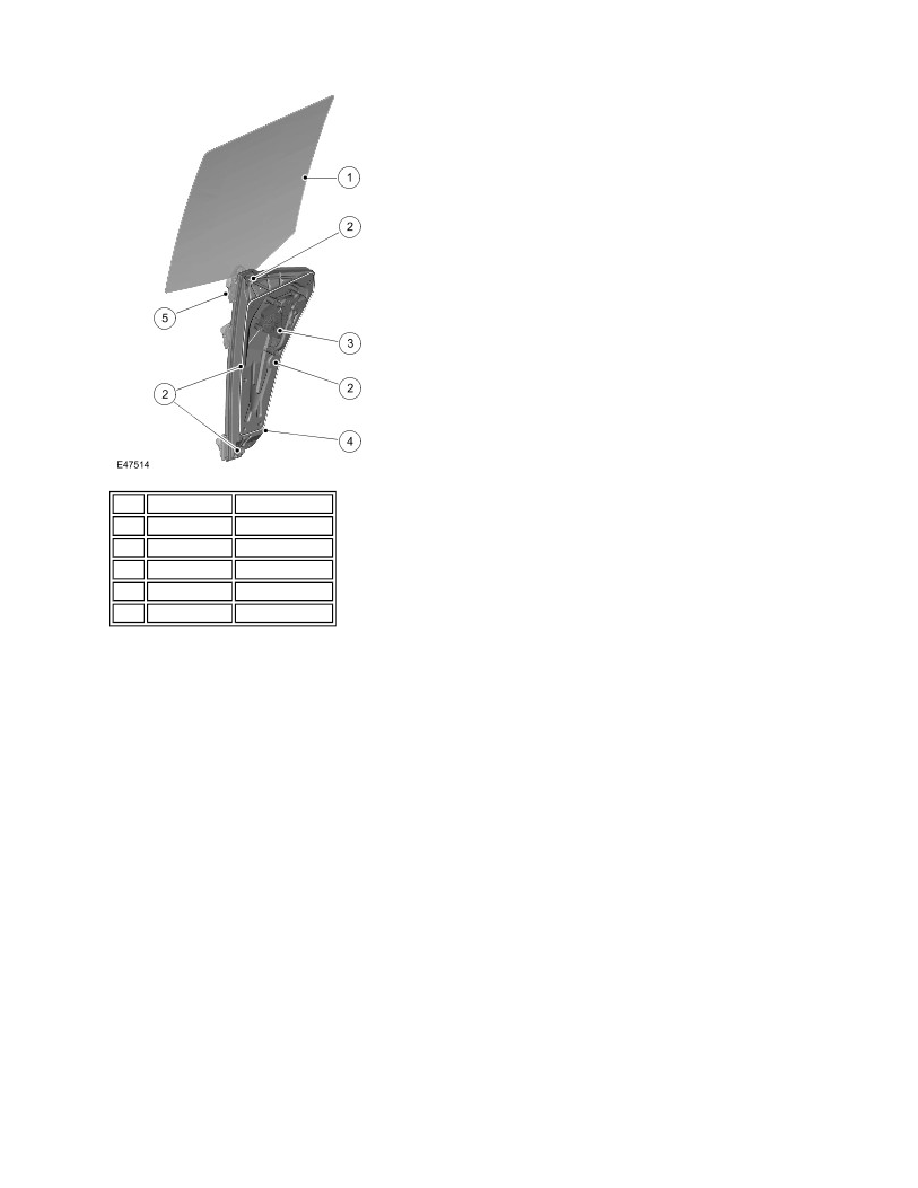LR3/Disco 3

The rear window regulator and motor is supplied as an assembly and is handed. Each assembly comprises a runner, a
continuous cable and a motor.
The runner is secured in the door frame with four bolts. The door glass is located in a carrier located in a track in the
runner. The glass is retained in friction pads in the carrier and secured with a clamp screw.
The carrier is attached to the cable which, in turn, is attached to a drum driven by the motor. When the motor is operated,
the drum pulls the cable in the required direction to raise or lower the glass.
ANTI-TRAP
The anti-trap function is enabled for the drivers window closing in both the inching and one-shot modes. If the anti-trap
feature is activated while a window is closing, the window motor is reversed for 0.5 second.
A Hall sensor, located in the drivers window regulator, monitors the speed of the motor and if the speed decreases below
a set threshold, indicating an obstruction, the power feed to the motor is reversed so the window goes back down.
In an emergency the anti-trap function can be overridden by holding the window switch in the one-shot closed position.
After the battery has been disconnected it is necessary to initialize the drivers door window motor to be able to operate
the one-shot up function.
Driver's Door Window Motor Initialisation
Operate the drivers window switch until the window glass is in the fully closed position, continue to operate the
window switch for a further two seconds
Release the window control switch
Operate the drivers window switch in the closed position and continue to operate the window switch for a further
Item Part Number
Description
1
-
Window Glass
2
-
Fixing points
3
-
Window motor
4
-
Mounting frame
5
-
Glass carrier
